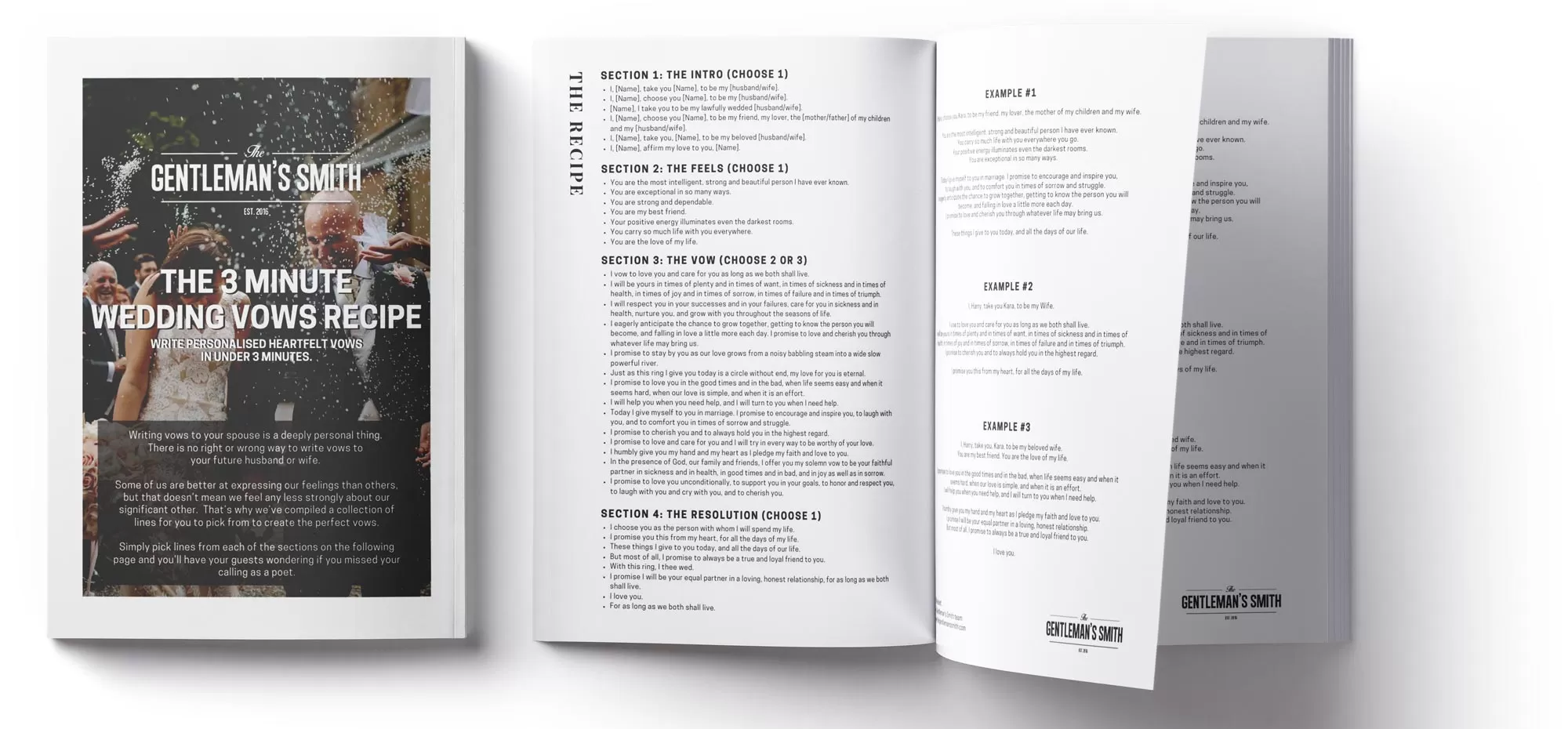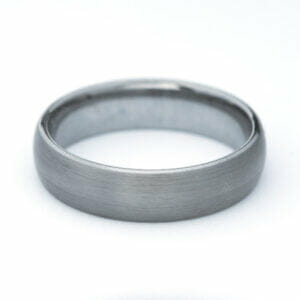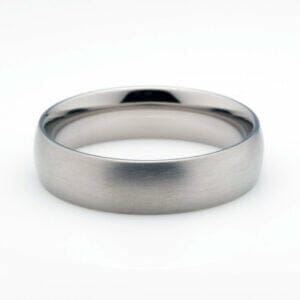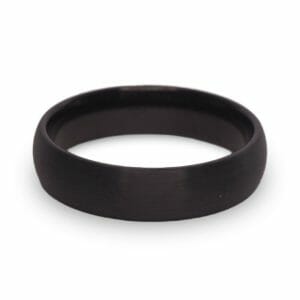As the big day approaches, one of the crucial aspects of wedding planning is creating the perfect seating chart. While it might seem like a daunting task, with a little bit of organization and planning, you can create a seating chart that will ensure all your guests have a great time and make the reception run smoothly. In this article, we will take you through the basic principles of creating a seating chart, from gathering information to communicating the seating chart to your guests.
Introduction: Importance of a seating chart and Basic principles for creating a seating chart
Before we dive into the nitty-gritty details of creating a seating chart, let’s take a moment to understand why it’s so important. First and foremost, a seating chart simplifies things and ensures maximum capacity at each table. It also helps avoid awkward situations where guests are unsure where to sit or end up being seated with someone they’d rather not be seated with. Additionally, many wedding reception venues require assigned seating, especially for plated dinner service.
Now, let’s take a look at the basic principles for creating a seating chart. When grouping guests, consider how you know them, such as family members, high school friends, college friends, work friends, etc. Also, consider guests’ age, interests, and backgrounds to make everyone feel comfortable by offering a mix of familiar and new faces at each table. Avoid seating people together who have a history they wish they could forget. Finally, be flexible and willing to make adjustments as needed, and communicate any changes or updates to guests in a timely manner.
Gathering Information: Guest list, Venue layout and seating options, Special needs or requests
The first step in creating a seating chart is to gather information. Start with your guest list and consider any special needs or requests from guests, such as dietary restrictions or seating preferences. Next, study the layout of your venue and the seating options available. There are four standard options for reception layout and table shapes: round, rectangle, oval, and square. Rectangular tables can fit more people into a space, while round tables afford guests more legroom. Finally, consider any special circumstances regarding your guests, such as divorced parents or complex family situations.
Organizing Your Guest List: Grouping guests, Assigning tables, Determining table sizes
Once you have gathered all the necessary information, it’s time to organize your guest list. Group guests according to how you know them, such as family members, high school friends, college friends, work friends, etc. Then, assign tables and determine the appropriate table sizes based on the number of guests and the space available. Traditionally, all parents will share a table at the reception, along with grandparents and any siblings not in the wedding party. If dealing with divorced parents or other complex family circumstances, consider having two tables that are equally close to the head table.
Creating the Seating Chart: Using a seating chart tool or software, Mapping out the tables and assigning guests, Making adjustments as needed
With your guest list organized and tables assigned, it’s time to create your seating chart. There are many seating chart tools and software available online, such as WeddingWire, AllSeated, and Wedding Mapper. These tools allow you to visualize and organize the seating arrangements easily. Alternatively, you can create a physical seating chart using poster boards or a large whiteboard and dry erase markers. As you map out the tables and assign guests, be sure to consider the dynamics and relationships between guests and try to avoid any potential conflicts or awkward situations. Finally, be flexible and willing to make adjustments as needed, and communicate any changes or updates to guests in a timely manner.
Communicating the Seating Chart: Sharing the seating chart with vendors, Printing and displaying the seating chart at the venue, Notifying guests of their assigned seats
With your seating chart complete, it’s time to communicate it to your vendors and guests. Share the seating chart with your venue so they can prepare the space accordingly. Print and display the seating chart at the venue so guests can easily find their assigned seats. Finally, notify guests of their assigned seats either through place cards or by sending them an email or text message.
Troubleshooting and Final Tips: Handling last-minute changes or cancellations, Ensuring accessibility and comfort for all guests, Adding personal touches to the seating chart
Even with the best planning, there may be last-minute changes or cancellations. Be prepared to handle these situations gracefully and with minimal disruption to the seating chart. Additionally, ensure accessibility and comfort for all guests, such as seating elderly guests farther from the band or seating guests in wheelchairs or those who need more mobility closer to the edges of the room or dance floor. Finally, add personal touches to the seating chart, such as personalized place cards or table numbers that reflect your wedding theme.
Related Articles:
- Men’s Wedding Rings: A Look at Different Manufacturing Techniques
- Men’s Wedding Rings: How to Choose a Comfortable and Practical Design
- Is it possible to engrave a Men’s Wedding Ring?
- Average Men’s Wedding Ring Size – What To Expect
- Best advice on finding the right Men’s Wedding Ring?
- Dreamy Wedding Venues in the Hunter Valley
- How to Find the Perfect Width for Your Men’s Wedding Ring
- The Anatomy of a Men’s Wedding Ring: Understanding Design Elements
- A Guide to the Finest Wedding Venues in Kangaroo Island
- Titanium Men’s Wedding Rings
Conclusion: Recap of key steps for creating the perfect wedding seating chart, Importance of investing time and effort into this aspect of wedding planning
Creating the perfect seating chart requires time and effort, but it’s worth it to ensure all your guests have a great time and make the reception







